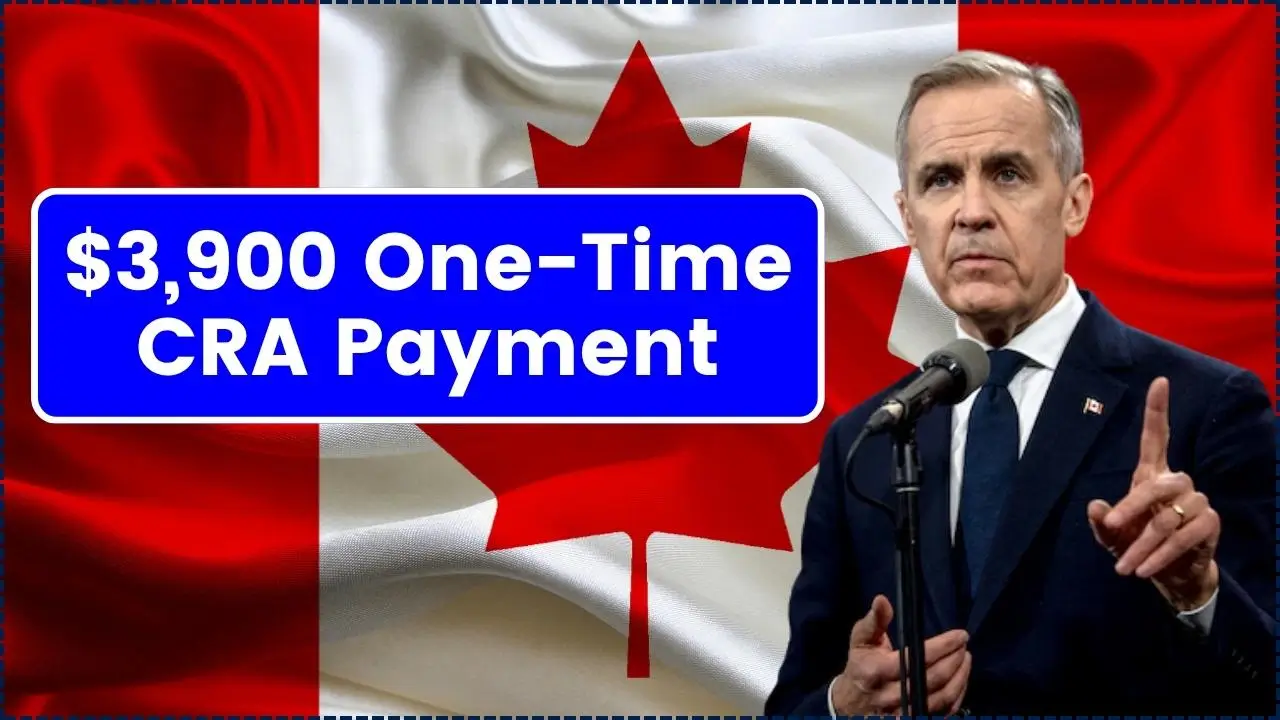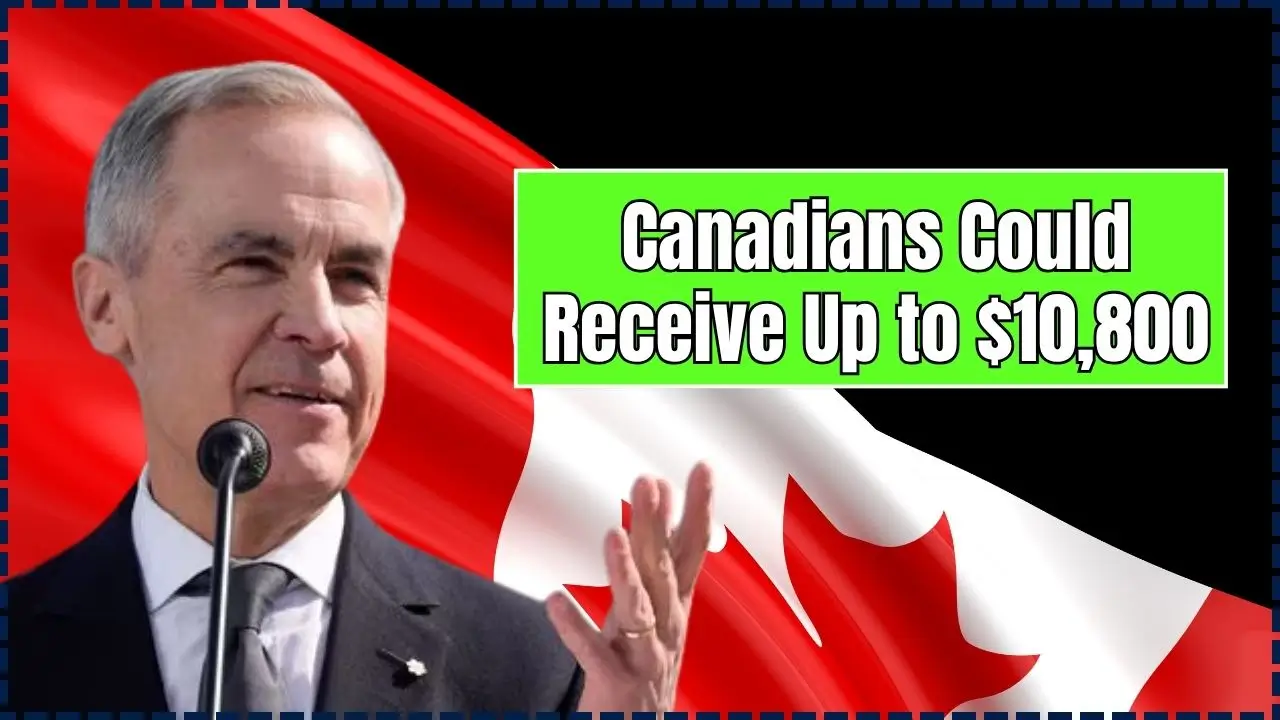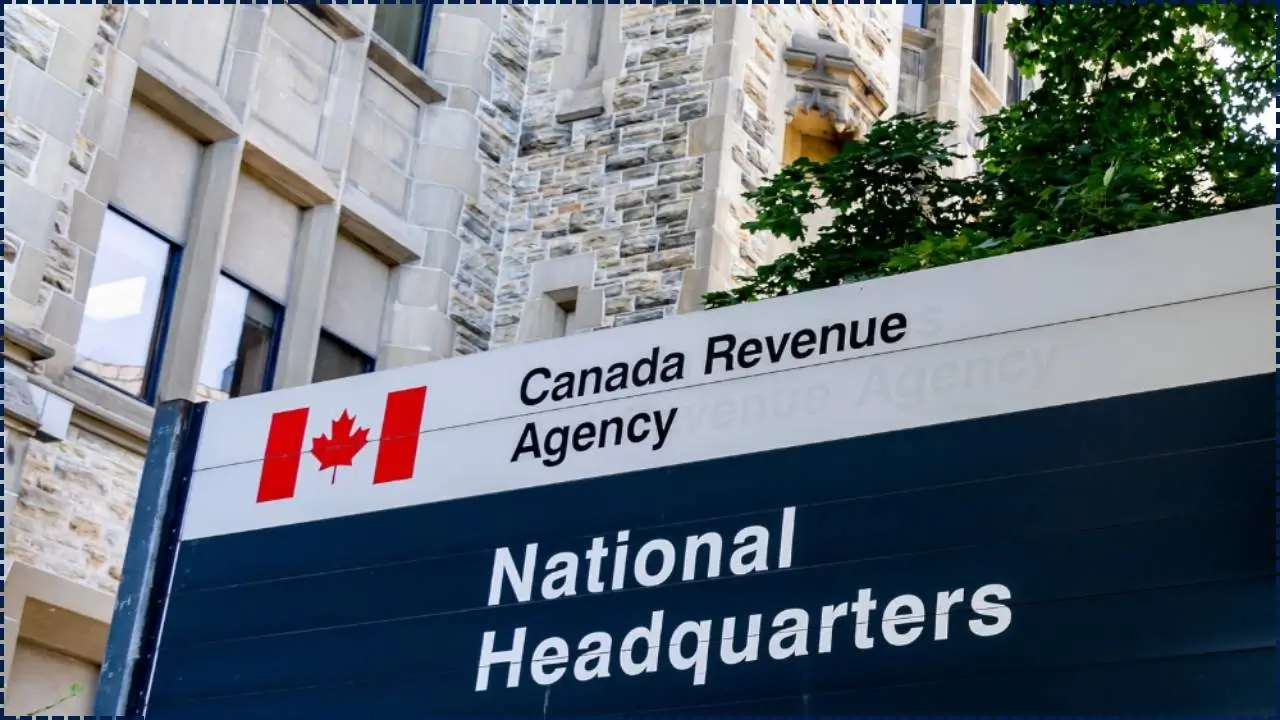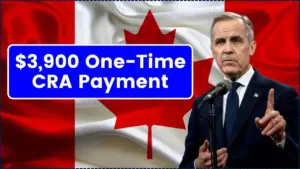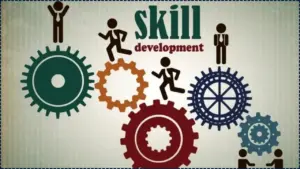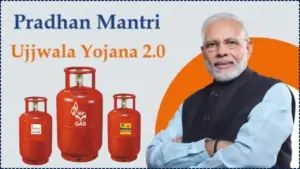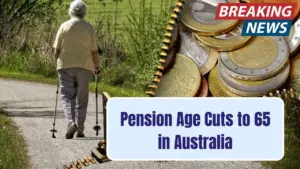The Canada Revenue Agency (CRA) is undertaking significant reforms to its Voluntary Disclosures Program (VDP), effective October 1, 2025, driven by a commitment to fairness and to easing the burden on taxpayers who are striving to meet their civic responsibilities. These sweeping changes are designed to make the process of correcting past financial errors more accessible and compassionate, offering expanded relief from severe penalties and accumulated interest.
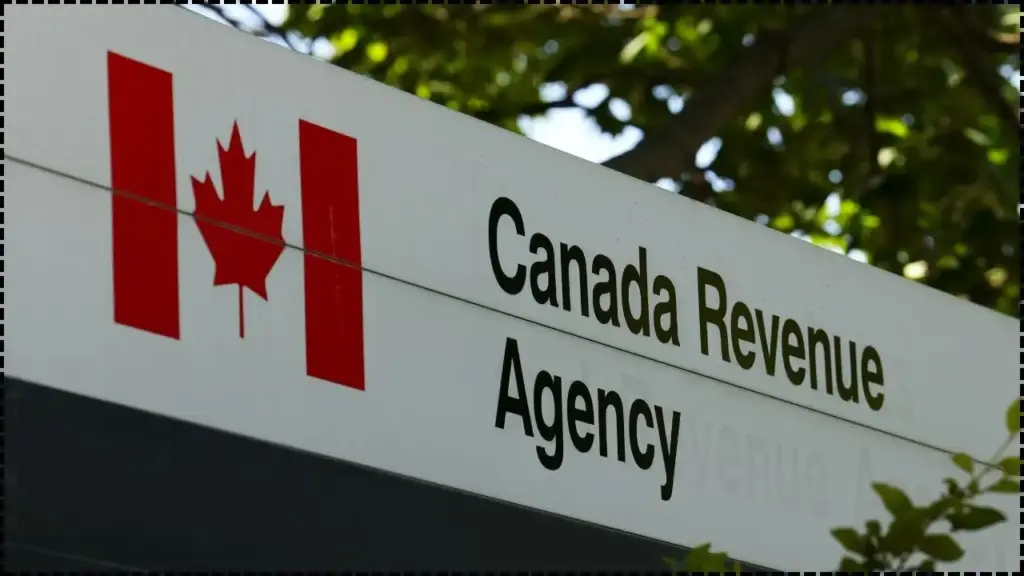
By proactively helping Canadians resolve compliance issues, the CRA is working to reduce financial stress and provide a clear path forward, ultimately promoting greater trust and stability for individuals and families facing complex tax situations.
CRA Shakes Up Voluntary Disclosure Program
| Key Fact | Detail |
|---|---|
| Implementation date | October 1, 2025 |
| Expanded eligibility | Distinction between “prompted” and “unprompted” disclosures introduced |
| Relief terms | Up to 100% penalty relief; 25–75% interest relief depending on disclosure type |
| Documentation rules | 4 years (GST/HST), 6 years (domestic income), 10 years (foreign income) |
These sweeping changes represent the most significant effort in over a decade to foster a more compassionate and effective relationship between the CRA and the citizens they serve. As tax experts correctly observe, the true measure of this overhaul will not be the new rules themselves.
But the consistent, flexible application of the program by the CRA, ensuring that vulnerable Canadians feel genuinely encouraged and safe to come forward, correct their past errors, and achieve financial compliance without facing punitive burdens that could destabilize their lives.
Why the Voluntary Disclosure Program Matters
The VDP allows Canadians to come forward to correct inaccuracies in past tax filings without facing prosecution and with potential relief from penalties and interest. Critics argued in recent years that the program had become too restrictive, deterring taxpayers from using it.
The CRA stated the new framework is designed to “encourage more voluntary compliance while maintaining fairness” in Canada’s tax system.
Expanded Eligibility: Prompted vs. Unprompted
For the first time, applications will be classified as either unprompted or prompted:
- Unprompted disclosures are filed before CRA initiates contact about a specific issue. These may qualify for full penalty relief and up to 75% interest relief.
- Prompted disclosures occur after a taxpayer has received notice from CRA, such as an educational letter. These remain eligible, though relief is limited to full penalty relief and 25% interest relief.
Taxpayers already under formal audit or criminal investigation will continue to be ineligible.
Relief: More Generous but Still Conditional
The reformed program broadens the scope of relief compared to the current framework. According to CRA guidance, unprompted applicants may now see nearly all penalties waived, with significant reductions in accrued interest. Prompted filers, while facing stricter limits, still stand to benefit substantially compared with ordinary reassessments.
Tax lawyer Luc Pariseau described the reforms as “a major step forward,” noting that he would “more readily recommend the program” to clients.
Simplified Documentation Requirements
The CRA will introduce a redesigned Form RC199 for all new applications. Supporting documentation will now be required over specific timeframes:
- 4 years for GST/HST disclosures
- 6 years for Canadian-sourced income and assets
- 10 years for foreign-sourced income or assets
CRA retains authority to request records beyond these periods where necessary.
Broader Coverage of Tax Regimes
The new rules extend eligibility to emerging tax areas, including the luxury tax, the underused housing tax, and upcoming frameworks such as the global minimum tax. Experts say the move reflects Ottawa’s effort to keep compliance programs aligned with Canada’s evolving tax base.
Repeated Disclosures Allowed in Limited Circumstances
Unlike the previous “one-time only” restriction, taxpayers may now submit a second disclosure if the new application relates to a different issue or arises from unforeseen circumstances. However, repeat non-compliance will still attract close scrutiny.
Risks and Criticism
While the reforms are welcomed by many, experts caution that risks remain. Robert Kreklewetz, a Toronto-based tax litigator, said, “Voluntary disclosures only work if the rules are applied consistently. Taxpayers must feel confident they won’t be penalized for coming forward.”
The CRA confirmed that deliberate fraud and egregious tax evasion will remain excluded from relief.
What Taxpayers Should Do Now
Tax professionals advise Canadians considering disclosure to weigh timing carefully. Since the new rules apply only to applications received after October 1, 2025, waiting may provide greater relief in some cases.
The CRA also encourages taxpayers to use its anonymous pre-disclosure discussion service, which allows individuals to explore eligibility without revealing their identity.
FAQ About CRA Shakes Up Voluntary Disclosure Program
Q: When do the new VDP rules take effect?
A: The revised program applies to applications received on or after October 1, 2025.
Q: Can I apply if CRA already contacted me?
A: Possibly. If you received only a general educational letter, you may qualify as a prompted filer. Active audits remain ineligible.
Q: What relief can I expect?
A: Up to 100% penalty relief and 75% interest relief for unprompted disclosures, with reduced relief for prompted cases.

